| Component | Description | Function | Customization Options |
|---|---|---|---|
| Touchscreen Display | An interactive screen that patients use to enter their information and navigate the system. | Facilitates patient input and interface interaction. | Screen size, resolution, branding. |
| Card/ID Scanner | A scanner for reading ID cards, insurance cards, or other identification documents. | Captures patient ID and insurance details for verification. | Type of scanner (magstripe, barcode, RFID). |
| Printer | A built-in printer for generating receipts, appointment slips, or patient instructions. | Provides printed materials to patients post check-in. | Printer type, paper size, branding on printouts. |
| Signature Pad | An electronic pad where patients can digitally sign consent forms or other documents. | Captures patient signatures electronically for records. | Size, sensitivity, type of stylus. |
| Payment Module | An integrated payment system for co-pays or outstanding balances, accepting cards and contactless payments. | Enables secure payment processing during check-in. | Payment methods (credit, debit, contactless). |
| Camera | A camera for capturing patient photos if needed for identification or record purposes. | Used for patient identification or telehealth purposes. | Resolution, positioning, privacy settings. |
| Barcode Scanner | A scanner that reads barcodes on appointment reminders, lab orders, or patient IDs. | Facilitates quick check-in by scanning pre-printed codes. | Type of barcode (1D, 2D), scan range. |
| Software Interface | The software system that operates the kiosk, guiding the patient through the check-in process. | Manages the entire check-in workflow and data integration. | Customizable UI, language options, workflow. |
A patient check-in kiosk automates the registration process in healthcare settings, offering a streamlined and efficient experience. Upon arrival, patients approach the kiosk and are greeted by an intuitive touchscreen interface. They begin by selecting their language preference and then follow prompts to enter or verify their personal information, such as name, date of birth, and contact details. The kiosk may also ask patients to scan their ID or insurance cards using a built-in card scanner, ensuring accurate record-keeping.
Next, the kiosk allows patients to update their medical history, confirm appointments, or fill out necessary forms. In cases where a co-payment or outstanding balance is due, the kiosk's payment module securely processes payments via credit, debit, or contactless methods. If needed, patients can sign consent forms digitally using a signature pad.
After completing the check-in, the kiosk may print an appointment slip or provide directions within the facility. For added convenience, the kiosk can also notify the medical staff of the patient’s arrival. By automating these tasks, patient check-in kiosks reduce wait times, minimize errors, and free up healthcare staff to focus on more critical patient care activities.
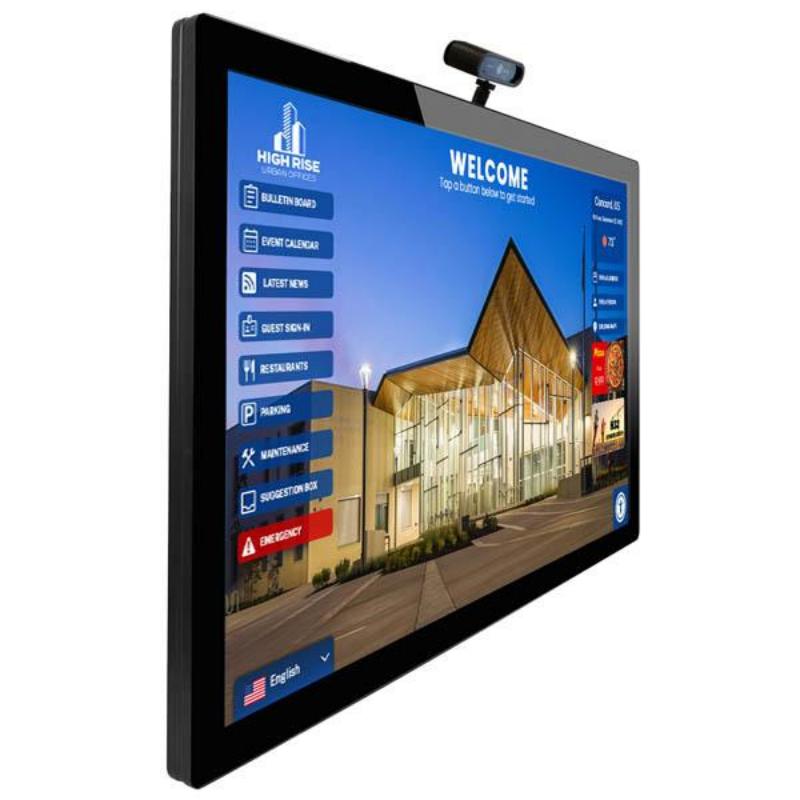
Reduced Wait Times: Automates the check-in process, allowing patients to register quickly and reducing overall waiting periods in healthcare facilities.
Increased Accuracy: Minimizes human errors by allowing patients to input their own information directly, ensuring accurate data entry for medical records.
Enhanced Privacy: Provides a secure and private method for patients to enter personal and medical information without disclosing details to others.
Improved Patient Flow: Streamlines the registration process, ensuring a smoother and more organized flow of patients through the clinic or hospital.
Cost Savings: Reduces the need for front desk staff, leading to lower operational costs for healthcare providers while maintaining high service quality.
Better Patient Experience: Offers a user-friendly interface that simplifies the check-in process, leading to higher patient satisfaction and engagement.
Efficient Payment Processing: Facilitates quick and secure payment of co-pays or outstanding balances, speeding up the financial aspect of the visit.
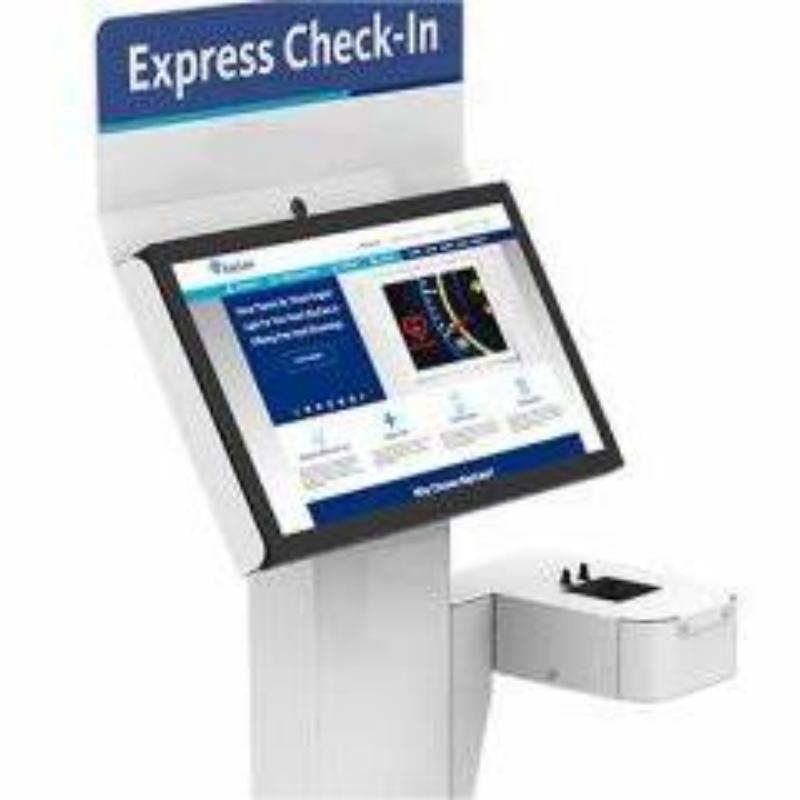
| Type | Size Options | Description | Price Range |
|---|---|---|---|
| Freestanding Kiosk | Standard: 55-65 inches tall | A standalone unit typically placed in lobbies or entryways. | $5,000 - $10,000 |
| Wall-Mounted Kiosk | Compact: 24-32 inches | Space-saving option attached to a wall, ideal for smaller areas. | $3,000 - $7,000 |
| Desktop Kiosk | Small: 15-22 inches | Placed on a counter or desk, suitable for reception desks. | $2,000 - $5,000 |
| Portable Tablet Kiosk | Portable: 10-13 inches | A tablet-based system with a stand, offering flexibility in placement. | $1,500 - $4,000 |
| Multi-Function Kiosk | Large: 65-75 inches | Combines check-in with additional features like payment and printing. | $7,000 - $12,000 |
| Outdoor Kiosk | Weatherproof: 55-65 inches | Designed for outdoor use, with weather-resistant features. | $8,000 - $15,000 |
Assess Your Needs: Determine the specific requirements of your healthcare facility, including the expected patient volume, space availability, and desired features (e.g., payment processing, ID scanning).
Choose the Right Type: Based on your assessment, select the appropriate kiosk type (freestanding, wall-mounted, desktop, etc.) that fits your facility’s layout and usage needs.
Consider Customization: Look for kiosks that offer customization options such as branding, language preferences, and software integrations to ensure the kiosk aligns with your facility’s workflow.
Evaluate Software Compatibility: Ensure that the kiosk’s software is compatible with your existing healthcare management systems, such as electronic medical records (EMR) or appointment scheduling systems.
Check for Compliance: Verify that the kiosk meets healthcare industry standards and regulations, including HIPAA compliance for patient data security and accessibility for individuals with disabilities.
Review the Warranty and Support: Consider the manufacturer’s warranty, ongoing technical support, and available maintenance services. A robust support system ensures long-term reliability.
Set a Budget: Define your budget and explore financing options if necessary. Balance your need for quality with cost-effectiveness, considering both upfront costs and long-term value.
Test Before Purchase: If possible, request a demo or trial of the kiosk to assess its usability, interface, and performance in a real-world setting before committing to a purchase.
Read Reviews and Get References: Look at customer reviews and ask the supplier for references from other healthcare facilities that have implemented similar kiosks.
Finalize and Place Order: Once satisfied with your selection, finalize the specifications, customization options, and terms, then place the order with the supplier. Ensure that the delivery, installation, and training schedules are clearly communicated.
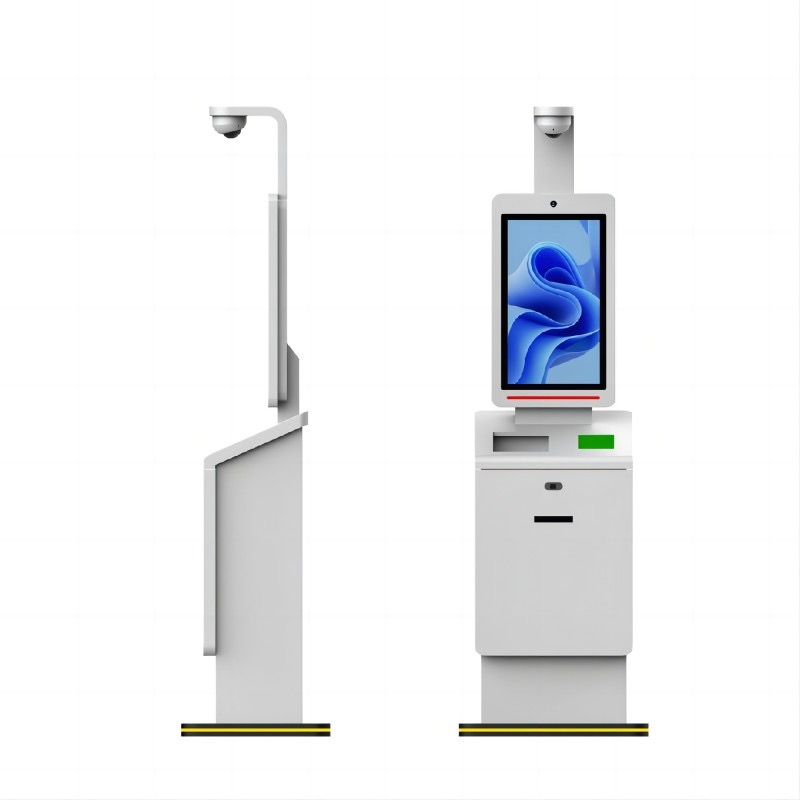
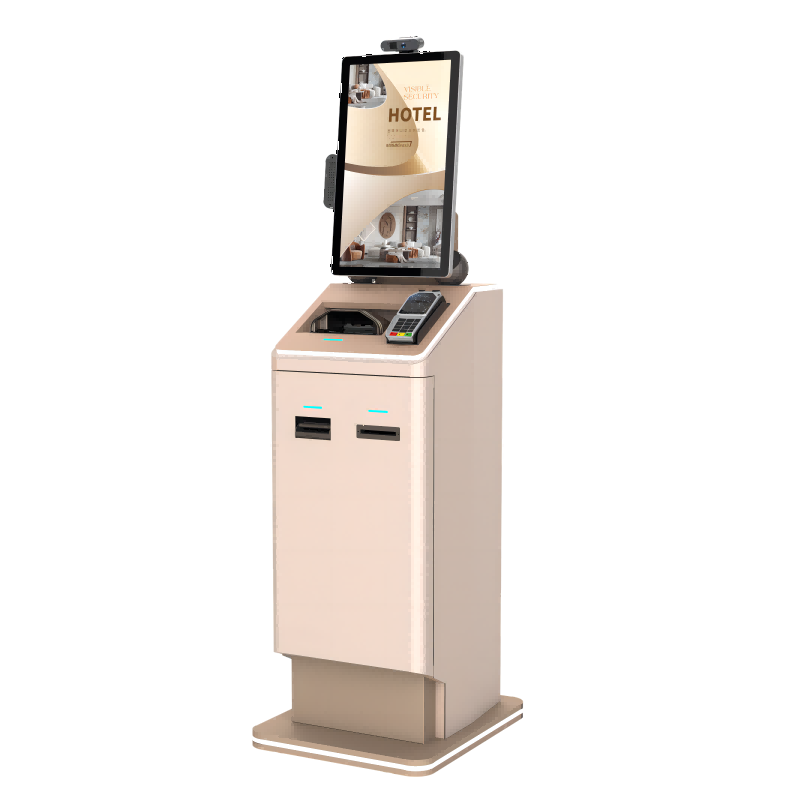
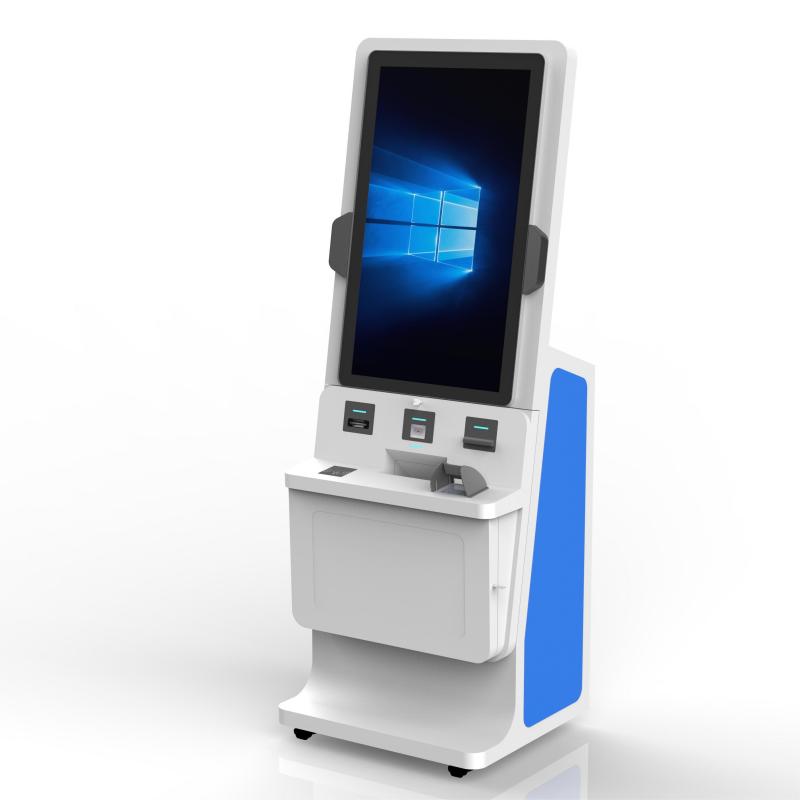
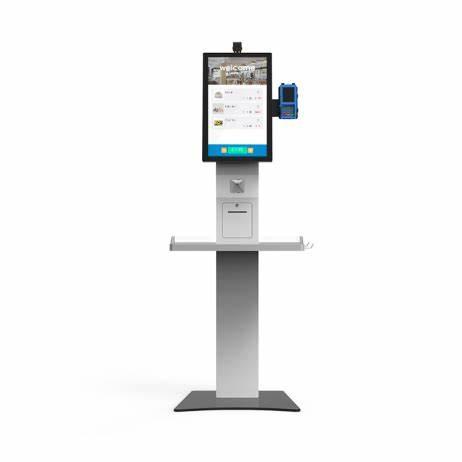
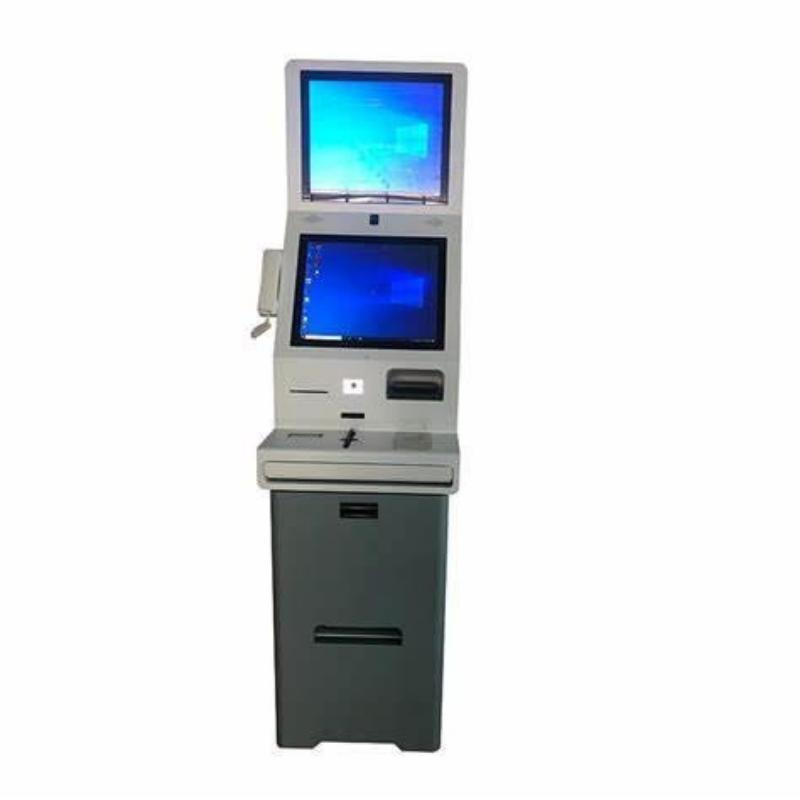

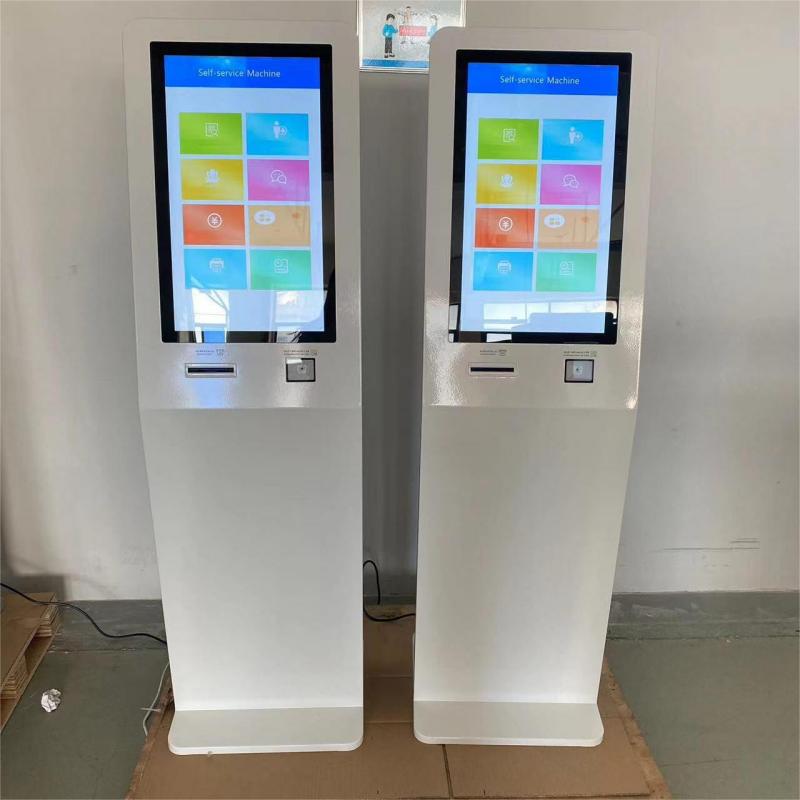
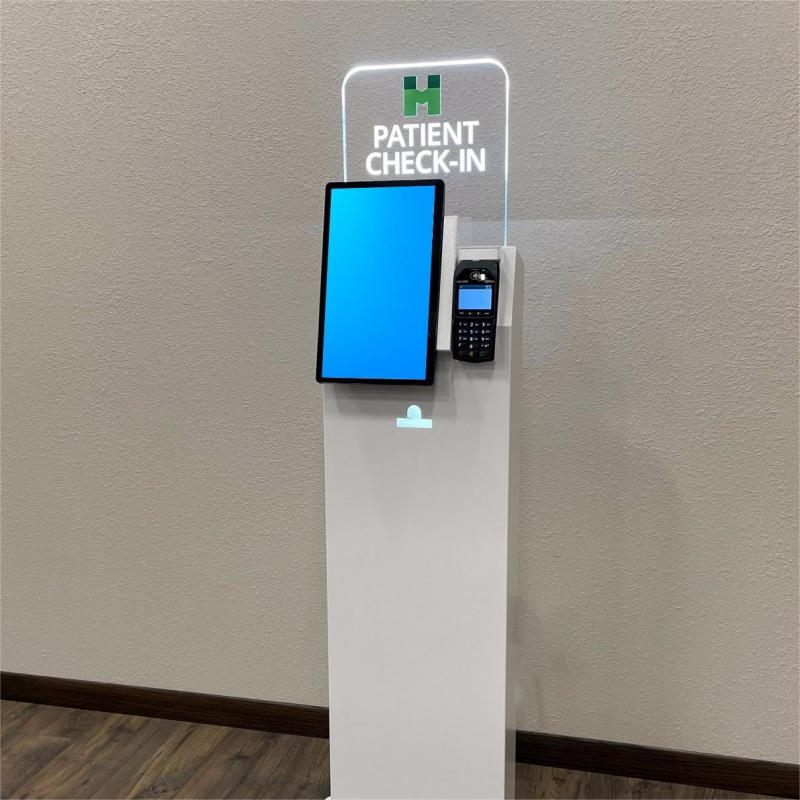
What did our happy clients say?
We recently installed the patient check in kiosk, and it has transformed our front desk operations! Patients love the quick check-in process, and our staff has more time to focus on patient care. Highly recommend the kiosk manufacturer of Lean Kiosk System!
The patient check in kiosk is a game-changer! It’s easy to use, and the quality is outstanding. Our patients appreciate the convenience, and we've seen a noticeable improvement in efficiency. Many thanks to the team behind this great product!
We are extremely satisfied with our new patient check in kiosk. The setup was smooth, and it integrates perfectly with our existing systems. The customer service from the manufacturer was exceptional. We highly recommend them!
Our clinic has benefited greatly from the patient check in kiosk. It’s user-friendly, reliable, and has reduced wait times significantly. The manufacturer provided excellent support throughout the process. A must-have for any healthcare facility!